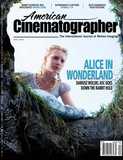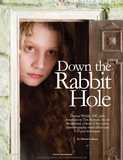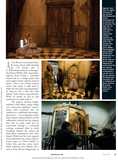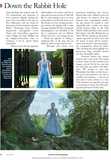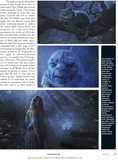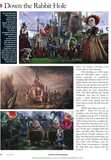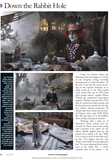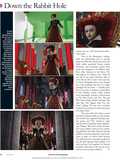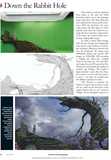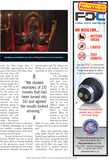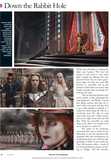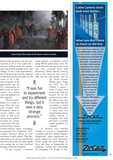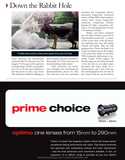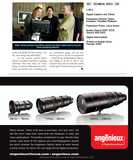As Tim Burton’s team plowed down the home stretch while finishing the 3-D fantasy Alice in Wonderland, director of photography Dariusz Wolski, ASC waxed philosophical about having a somewhat atypical role on a strange project that some might consider a distant cousin of Avatar. “This is one of those modern movies that makes it really hard to define the role of the cinematographer,” he observes. “It’s a film that really defined itself during preproduction. When we started, we had no idea exactly how we would make it.”
The project’s schedule, budget, ambitious visual effects, unique design and stereoscopic-exhibition requirements, when combined, were not conducive to a traditional cinematography process — nor to adopting a native stereo-capture method. Burton and his collaborators decided that the imagery they had in mind could best be constructed through a continually evolving, communal effort in which boundaries between the camera and visual-effects departments were often blurred. Wolski and his crew captured actor performances on a series of greenscreen stages at Culver Studios in Culver City, and then senior visualeffects supervisor Ken Ralston and a team at Sony Pictures Imageworks set about blending that material with all-CG environments and characters, in some instances digitally altering the actors’ faces and bodies in the process. Key collaborators were the virtual art department, led by production designer Robert Stromberg; Sony Pictures Imageworks stereographer Corey Turner and visual-effects supervisors Carey Villegas and Sean Phillips; and the digital-intermediate team at Company 3, led by colorist Stefan Sonnenfeld.
[…]
